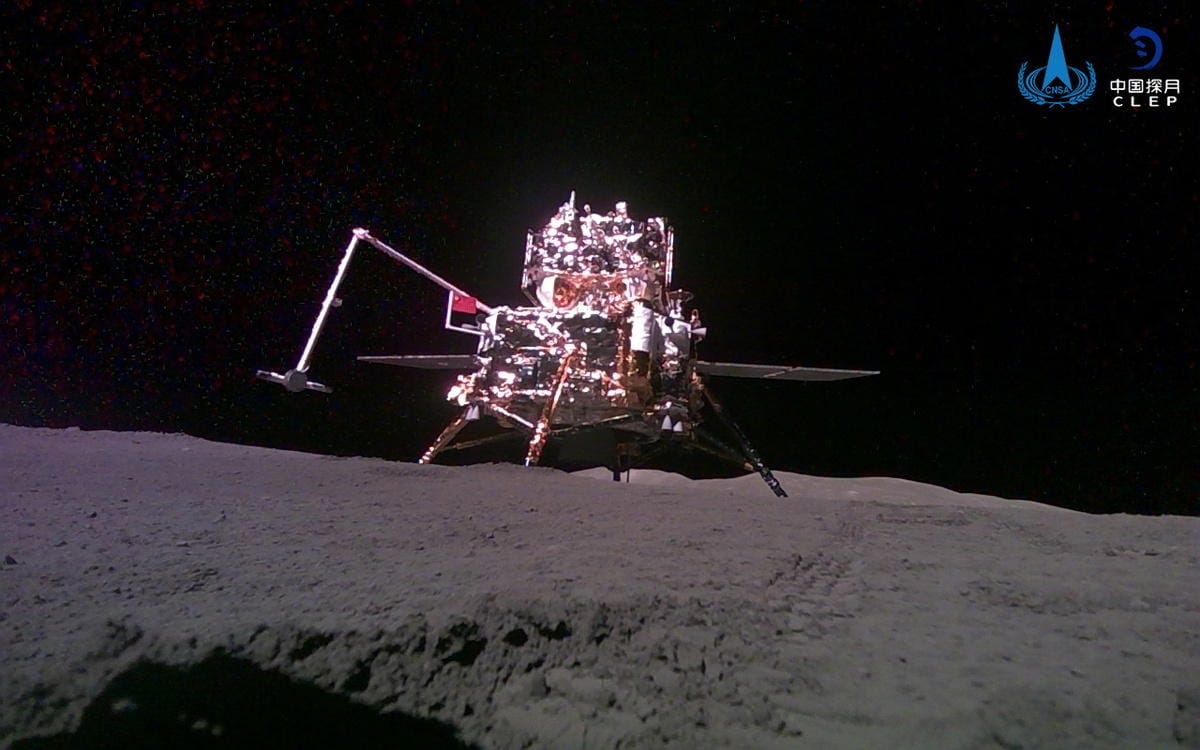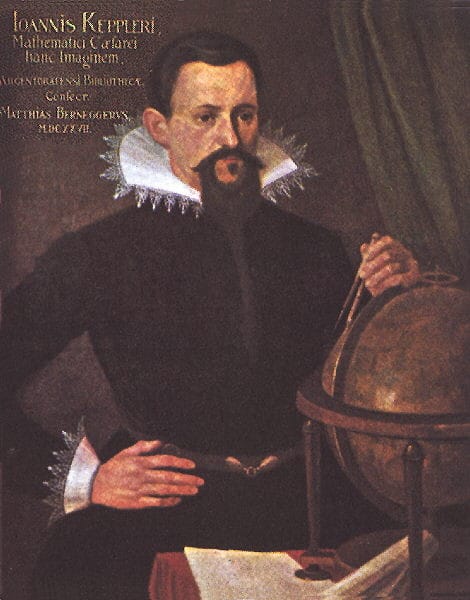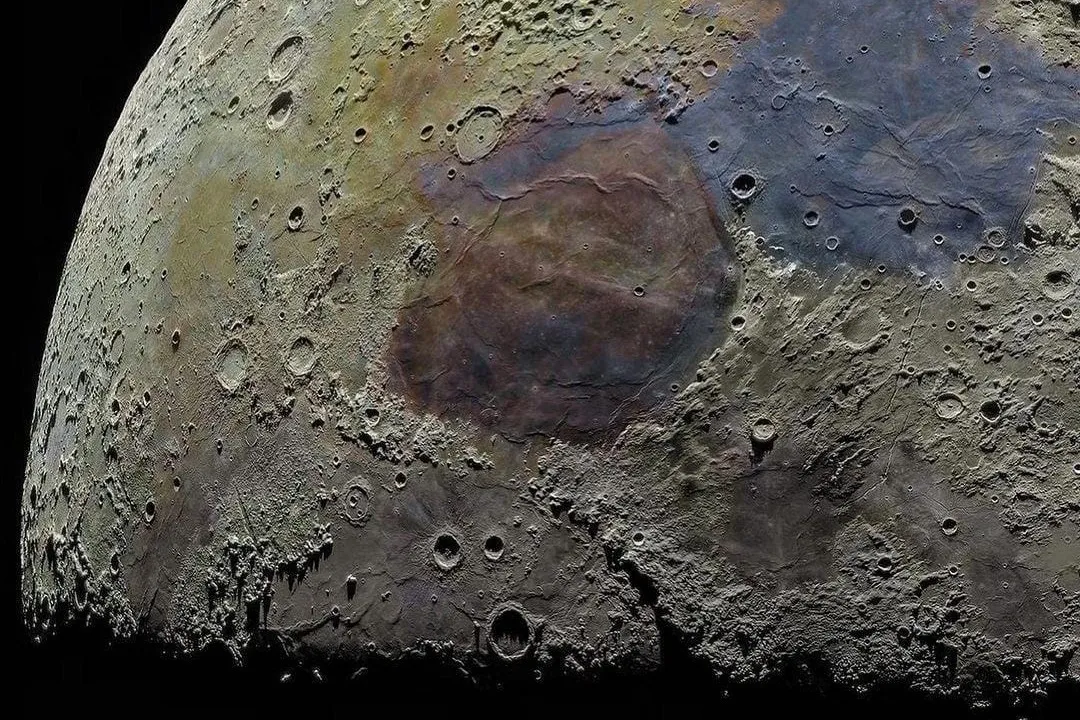Sept. 24—On September 16, 2024, China described a study of material recently gathered from a place in the Solar System hitherto untouched by Man—the far side of the Moon. Scientists at the Key Laboratory of Lunar and Deep Space Exploration in Beijing were the first to study almost 2 kg of rock and soil returned from the far side by the latest Chinese lander, Chang’e-6.[[1]] These samples, dug out from the largest meteor crater in the entire Solar System, exhibit mineralogy absolutely distinct from all samples gathered from the near side.
If the 1960s were characterized by a space race of crash programs to get boots on the Moon, the first quarter of the 21st Century can be characterized as a steady march back to the Moon—, to stay. The march this time has been led, not by the U.S. and Russia, but rather by the U.S. and China, and supported by a group of other nations not traditionally known as space powers, including India, Israel, the United Arab Emirates, and Mexico. The race is also joined by a phalanx of private space companies mainly in the U.S.A., but also in India and China.
The focus is the Lunar south pole, which is home to the largest meteor impact basin yet known: South Pole-Aitkin Basin. This basin contains several craters that are deep enough to be permanently shadowed, and that have given us hints that they have water ice. That water ice is the key that will sustain our permanent colonies.

This article will present a brief survey of important concepts about the Moon, why it is important to Mankind’s future, and how the most recent lunar missions work toward that future. It is intended to be a summary article, and predecessor to a series of future articles that focus on various aspects of recent Lunar research.
What Is the Moon?
Let us review what the Moon represents for Mankind.
To the idiot, the Moon is a big ball of dead rock we’ve already been to. To the rest of us, it is a crucial scientific instrument that must be used.
Johannes Kepler demonstrated that the Creator of the universe organized His creation so we could learn how it all works. Specifically, He gave us a permanent satellite, positioned in such a precise way that it serves as a sort of lens.
It’s just the right size and distance to sometimes produce an exact solar eclipse. Eclipses have long produced a powerful need to look to the cosmos. These events were studied by Thales of Miletus (620-546 BC), and later helped Aristarchus (310-230 BC) to make the first determination of the distances between Sun, Earth, and Moon. But there are other qualities that make the Moon useful for us.

One side always points away from the Earth. There is no other exposed place in the Solar System that is always shielded from the Earth. This makes the far side the perfect spot for radio and other telescopes, because they can be permanently freed from the interference of Earth broadcasts.
The Moon also serves as the Solar System’s timekeeper. The moon, which seems to have been relatively inert after its surface lava flows solidified, has preserved a record of meteorite impacts that goes back almost to the earliest days of the Solar System. Astronomers have developed a technique called crater density analysis by which they can determine how the rate of bombardment has changed over the past four billion years. We use this method to figure out when certain events happened on other planets. For example, we know from crater counting that the inner planets of the Solar System experienced a heavy bombardment of meteorites around four billion years ago. This bombardment may have been caused by a dramatic migration of the two largest gas giant planets, Jupiter and Saturn.
It is the closest object to the Sun without either a magnetic field or atmosphere. This made the Moon an ideal target of fusion scientists from the University of Wisconsin– – Madison, led by Gerald Kulcinski, who sought helium-3 to power the most favorable fusion reactions. Helium-3 is one of the major constituents of the solar wind from the Sun. There is no way that helium-3 can get past the Earth’s magnetic field and form deposits here; the Moon is a different story. Kulcinski’s collaborator John Santarius calculated that, over the lifetime of the Moon and Sun, possibly more than 500 million metric tons of helium-3 could have collected on the Lunar surface. When they tested the hypothesis by examining some samples returned during the Apollo missions, they found helium-3 in every single sample.
It is as if the Creator of the universe is begging us to visit!









